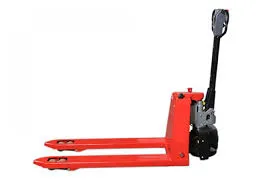


Self-Locking Lifelines A Safety Revolution in Fall Protection
In industries that require working at heights, safety is always a paramount concern. The introduction of self-locking lifelines has transformed the way workers anchor themselves, ensuring greater security and reducing the risk of accidents. These innovative systems are designed to provide both mobility and safety, making them an essential component in fall protection strategies across various sectors.
Self-locking lifelines operate on a straightforward principle they automatically secure the user’s harness when there is a sudden load or fall, which provides immediate and reliable protection. Unlike traditional lifelines, which may rely on manual locking mechanisms, self-locking lifelines utilize a passive or active mechanism that engages instantly as the user feels an unexpected drop. This feature is crucial in high-risk environments such as construction sites, oil rigs, and offshore platforms, where the probability of falling is significant.
The primary advantage of self-locking lifelines is their ability to enhance user safety without hindering mobility. Workers often need to move freely while completing their tasks, which can include climbing, reaching, and performing intricate maneuvers. Traditional safety systems might restrict movement or require constant adjustments, increasing the likelihood of user error. However, with self-locking lifelines, workers can concentrate on their tasks with the confidence that the system will react instantly if a fall occurs.

Moreover, these lifelines come with features that provide added reassurance. Many self-locking lifelines are designed with a shock-absorbing mechanism that reduces the impact force on the body in the event of a fall. This aspect is critical in preventing severe injuries, as it dissipates energy and lessens the strain on a worker’s harness and body during a fall. The integration of advanced materials and engineering in these lifelines ensures durability and reliability, enabling them to withstand the rigorous demands of industrial environments.
Additionally, the installation and maintenance of self-locking lifelines are often simpler than traditional systems. This simplicity can translate to cost savings and decreased downtime for companies, allowing them to focus on productivity without compromising safety. Many models are designed to be lightweight and easy to transport, making them ideal for temporary installations and projects in varied locations.
In conclusion, self-locking lifelines represent a significant advancement in the realm of fall protection. By combining safety, mobility, and ease of use, they empower workers to perform at heights with enhanced confidence and security. As industries continue to prioritize safety, the adoption of such innovative technologies will undoubtedly play a crucial role in reducing workplace accidents and ensuring that employees can work without fear of falling. The future of occupational safety looks promising, and self-locking lifelines are at the forefront of this evolution, heralding a new era in protective gear that prioritizes both functionality and worker wellbeing.



